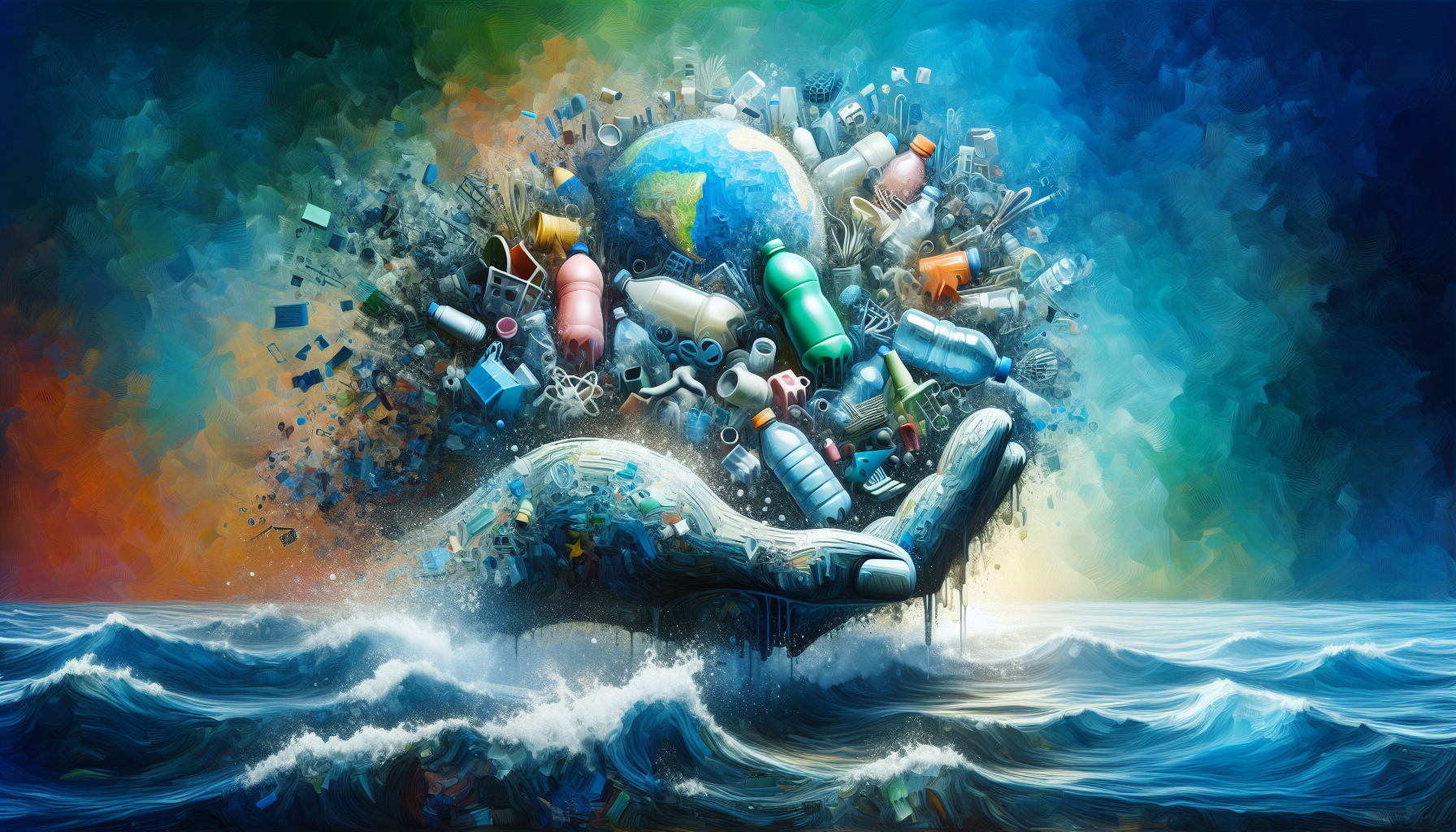These are the ones commonly found in the environment, including their sources and impacts:
1. Plastic Waste
- Examples: Plastic bottles, bags, straws, packaging, and microplastics.
- Impact: Non-biodegradable, harmful to marine and terrestrial wildlife, contributes to soil and water pollution.
2. Cigarette Butts
- Source: Improperly discarded cigarette filters.
- Impact: Contains toxic chemicals that leach into soil and water, posing risks to aquatic life.
3. Industrial Chemicals
- Examples: Heavy metals (lead, mercury), solvents, and persistent organic pollutants (POPs).
- Impact: Contaminates soil, water, and air; harmful to ecosystems and human health.
4. Oil and Petroleum Products
- Source: Spills, leaks from vehicles, and industrial runoff.
- Impact: Devastates marine ecosystems, contaminates soil, and poses long-term ecological risks.
5. Agricultural Runoff
- Examples: Pesticides, herbicides, fertilizers.
- Impact: Causes algal blooms, depletes oxygen in water bodies, and leads to biodiversity loss.
6. E-Waste
- Examples: Discarded electronics like smartphones, computers, and batteries.
- Impact: Releases toxic substances like lead and cadmium, which harm soil, water, and human health.
7. Textile Waste
- Source: Discarded clothing, synthetic fibers, and dye runoff from textile production.
- Impact: Non-biodegradable synthetic materials contribute to microplastic pollution and toxic chemical leaching.
8. Glass and Metal Waste
- Examples: Broken glass, aluminum cans, steel, and other metals.
- Impact: Dangerous for wildlife, long decomposition rates, and potential leaching of chemicals.
9. Airborne Particulates
- Examples: Soot, dust, and microscopic plastic particles.
- Impact: Contributes to air pollution, respiratory issues, and global warming.
10. Food Waste
- Source: Leftover or spoiled food improperly disposed of.
- Impact: Produces methane in landfills, contributes to greenhouse gas emissions, and wastes resources like water and energy.
These pollutants can have cascading effects on ecosystems and human health, emphasizing the need for proactive waste management and pollution prevention strategies.



